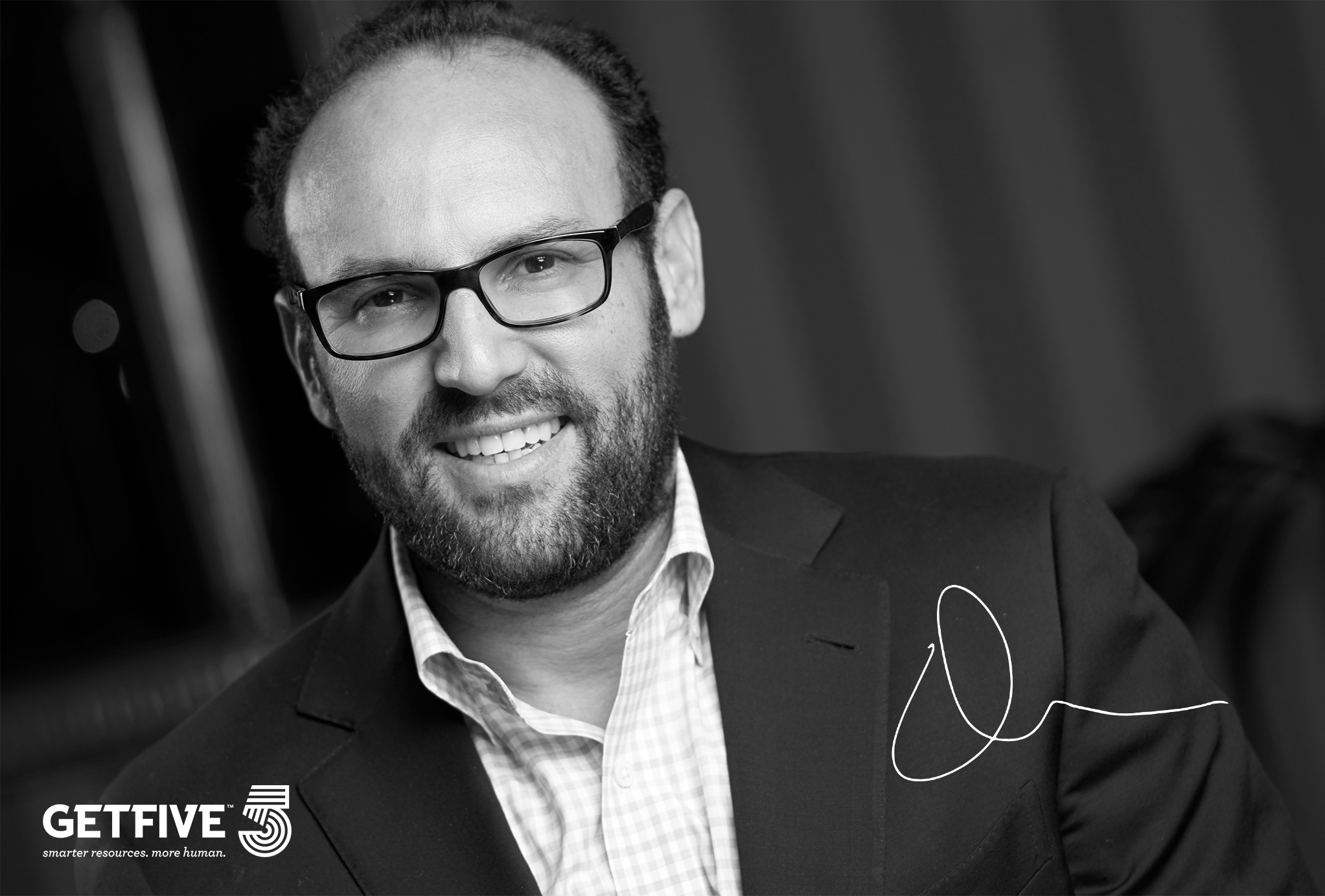As historically low birth rates combine with increasing life spans, America finds itself in the midst of a unique demographic shift, resulting in an older society. The labor force of older workers is growing much more quickly than that of younger workers, according to the Bureau of Labor Statistics, and 80 percent of workers intend to work even after retirement.
“You can’t ignore the fact that there will be multiple generations in the workforce,” says Lynne Morton, globally recognized talent management consultant. But how can we get the most out of such a diverse group of employees?
Common assumptions debunked:
There are several myths surrounding the skills of mature workers and a company’s ability to keep them on the workforce. The first step toward creating an engaged workforce is to reveal the truths behind these assumptions, Morton says.
“Mature workers are not as productive and only stay in the workforce because they can’t afford to retire.”
Mature workers are, in fact, often more engaged and more productive. With more experience and wisdom, they often know how to do their job better. Some may not be able to afford to retire, but more baby boomers are shifting their view of retirement, staying engaged in the workforce because they simply enjoy the work.
“Mature workers are not as tech savvy and can’t adapt to newer ways of working.”
Mature workers are quick learners. Motivated to learn and develop technology, they often absorb knowledge even faster than the younger generation.
“Younger workers resent the mature workers.”
In this age of competition, it is human nature for younger workers to resent an older person. It is up to HR, however, to create a culture where the younger workers learn from the older workers. Diverse teams build a more collaborative environment rather than a competitive environment.
What you can do:
- Identify your knowledge gaps and your knowledge transfer needs.
- Ask questions and have conversations with your line managers and mature workers about what they value and what they want. When you impact one person, you start to impact the whole culture. The little things you can do will make their way throughout the organization.
- Establish flexibility as an important value. Every organization and employee is different. Individual connections are important, so engage and retain one person at a time. Solutions like the ability to work remotely, phased retirement and different benefits are all helpful options.
- Build a retirement network of brand ambassadors for your company. They’ll be able to offer advice when needed and help recruit new employees.
- Understand what your customers want. Older workers are especially valued in certain situations. For example, older customers may want to speak with a trusted peer who understands their stage in life.









